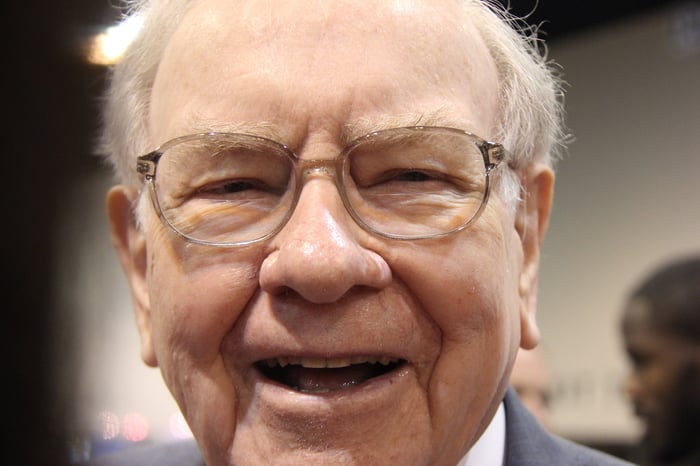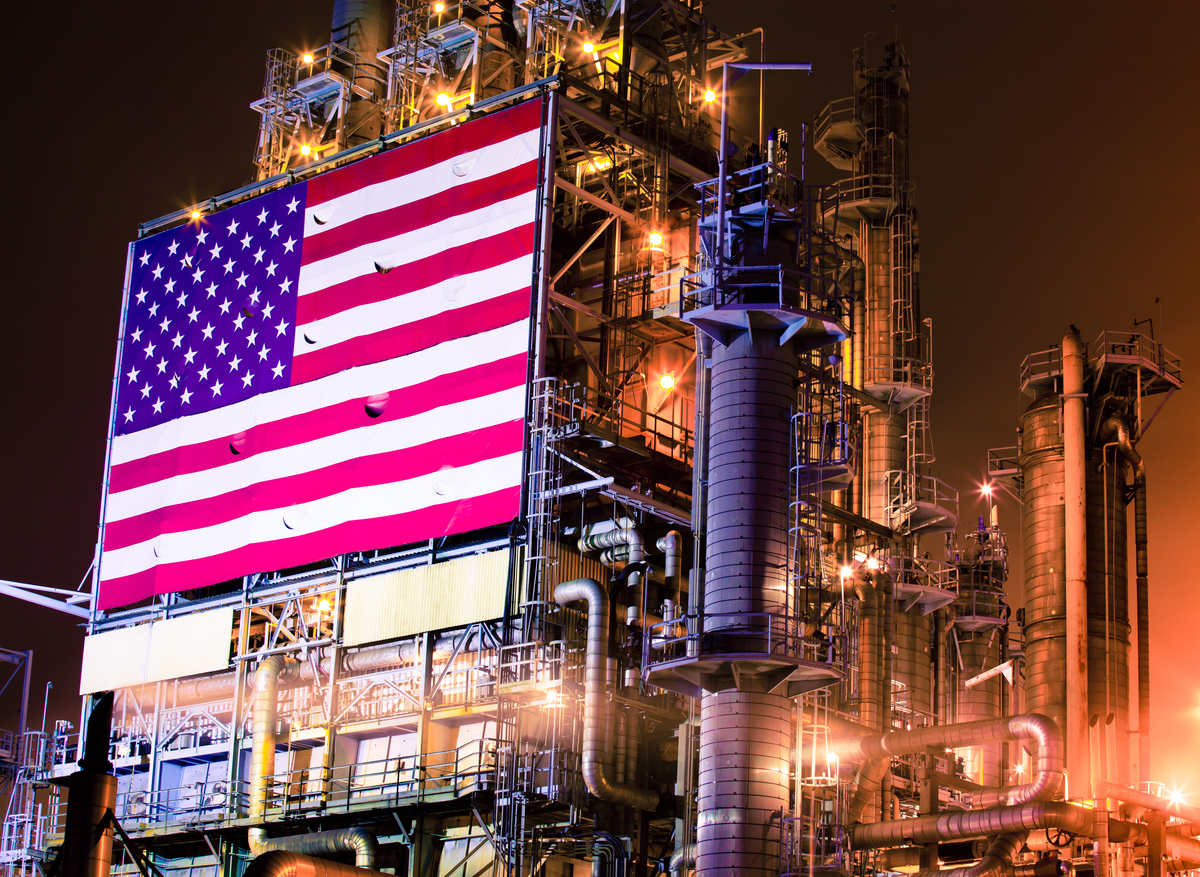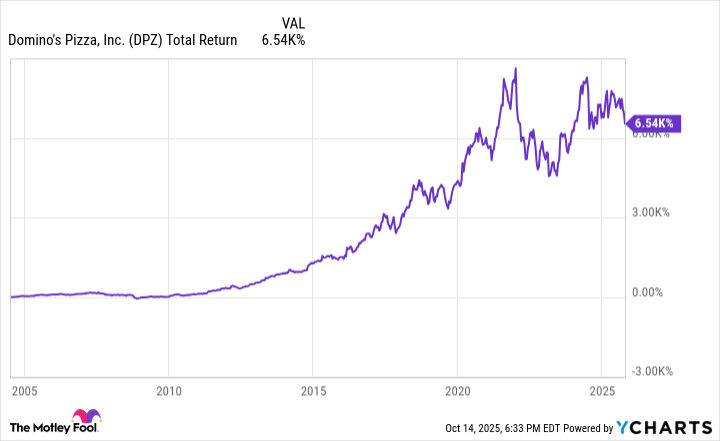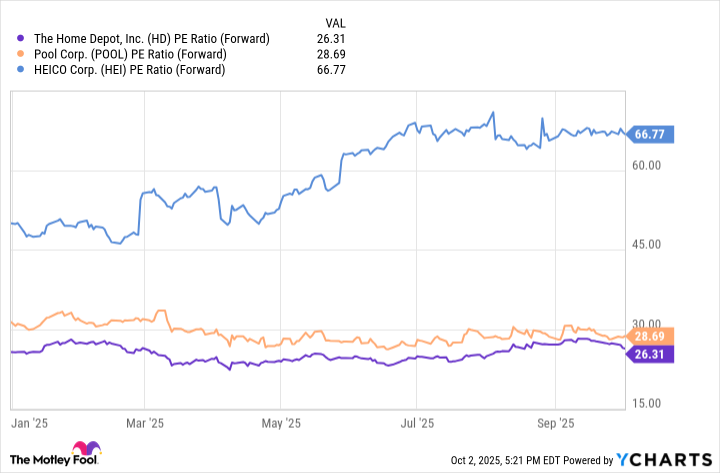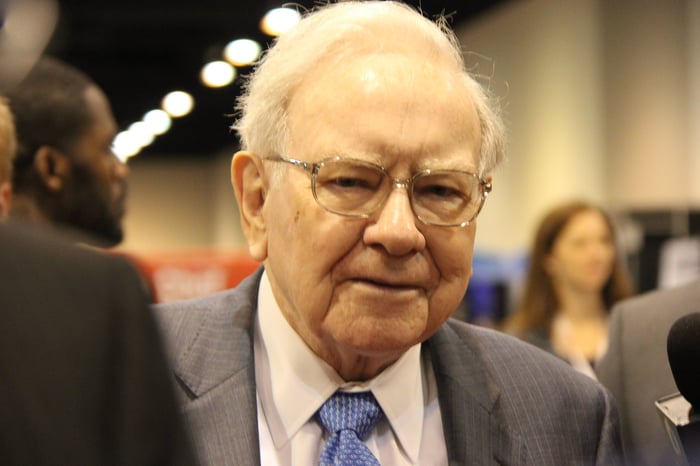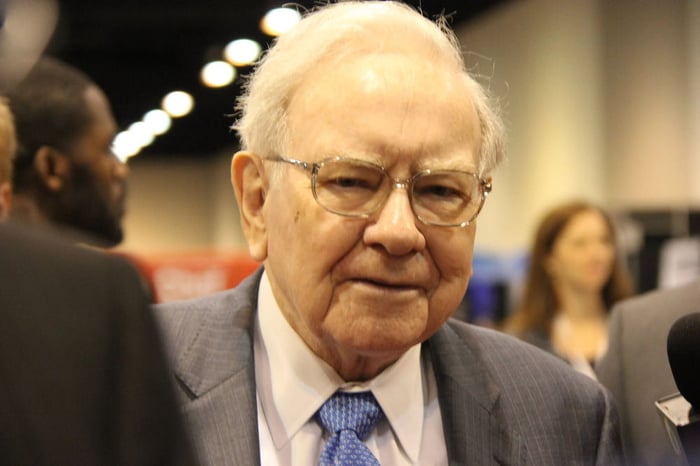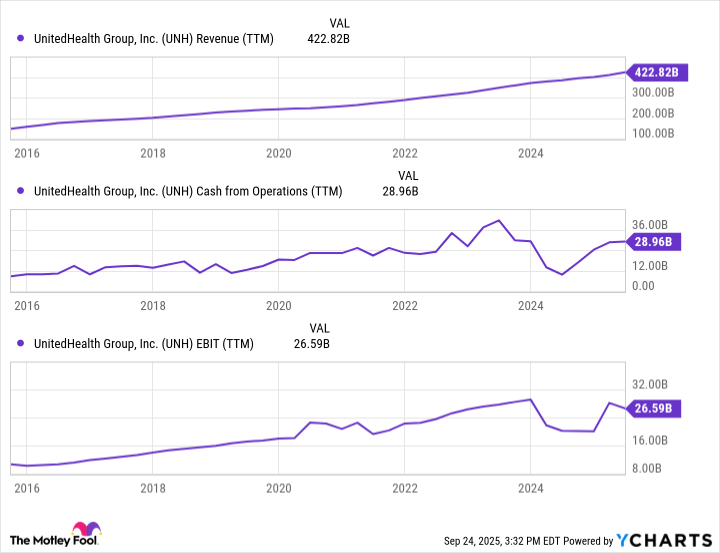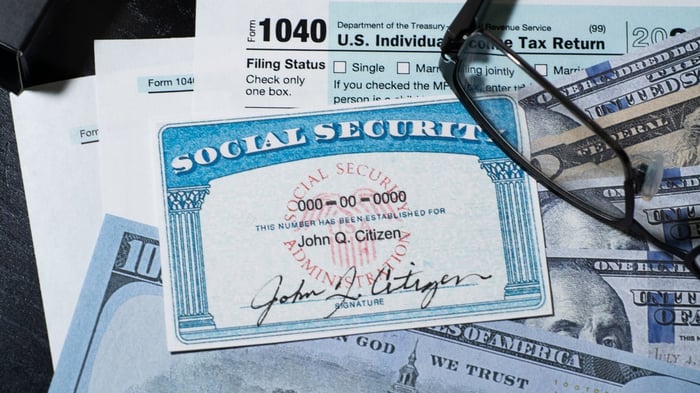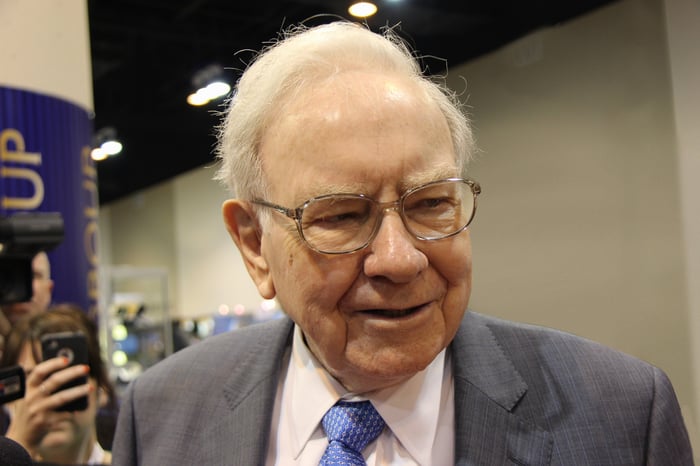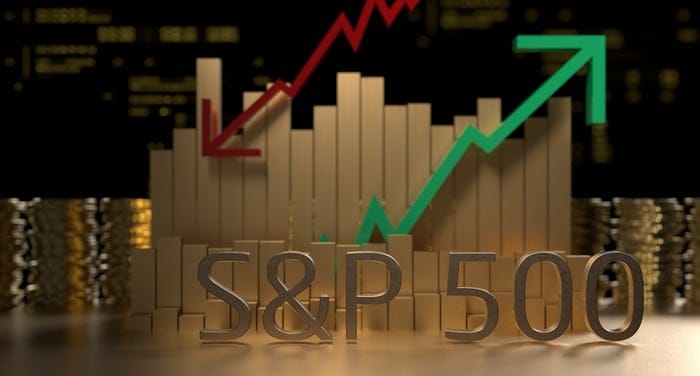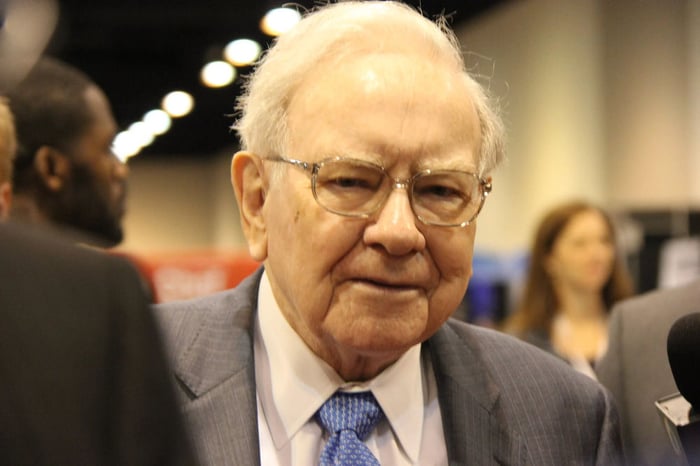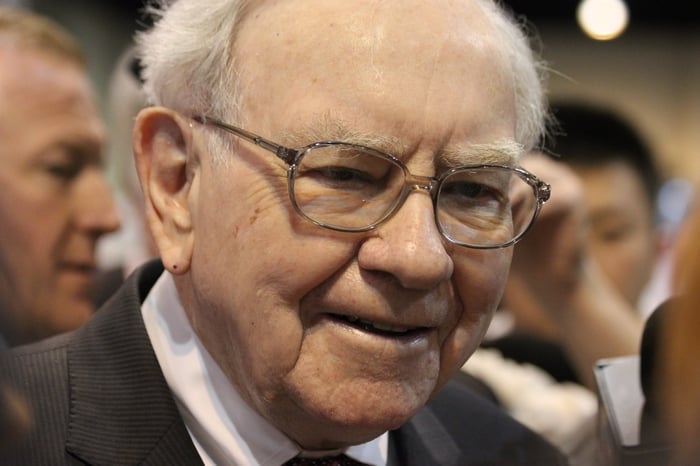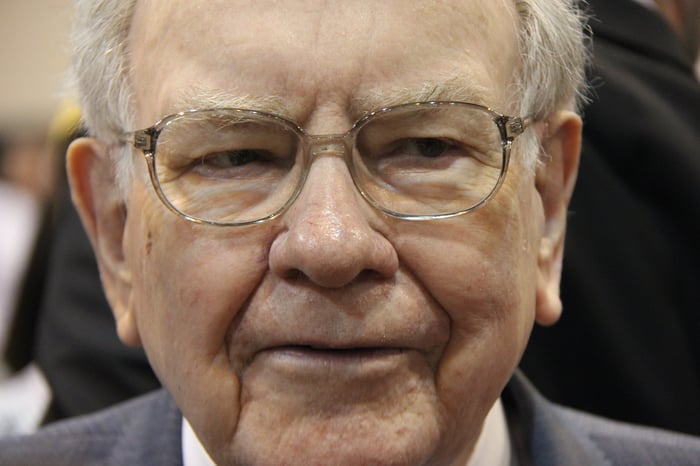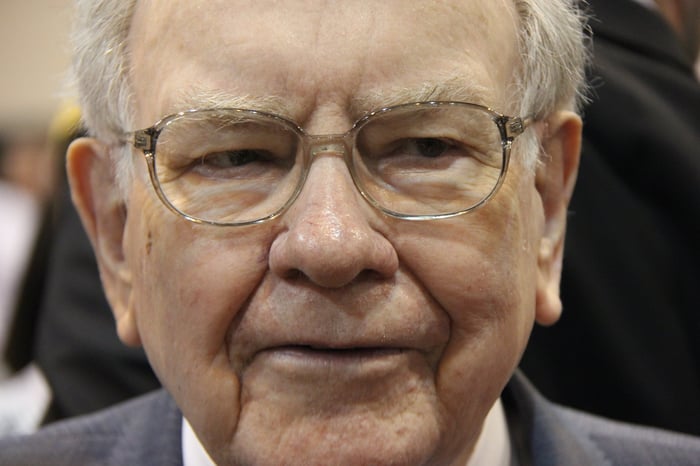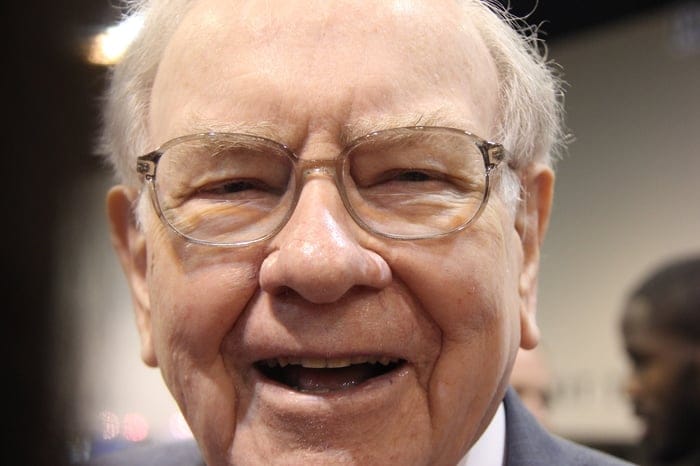Making the world smarter, happier, and richer is what it’s all about.
It’s no secret that The Motley Fool admires, respects, esteems, and appreciates Warren Buffett and what he’s done for investors. Buffett started investing before he was a teenager and is now worth an estimated $150 billion. He’s generous with his investing advice — and his fortune — and it’s easy to see why Fools love him.
Buffett turns 95 today! That’s a birthday worth celebrating, and below we’ve done just that with Motley Fool contributing analysts and other employees chiming in. Happy Birthday, Mr. Buffett, and Fool on!
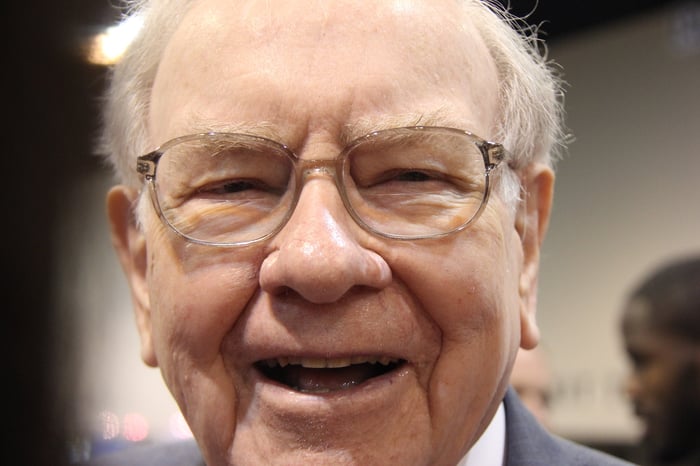
Image source: The Motley Fool.
Royston Yang: Buffett was an inspiration in changing how I thought about investing and its process. Previously I was running around the stock market like a headless chicken, not knowing why I was buying a certain stock. He taught me to view stocks as being part of a business and that its share price will increase in line with improvements in the business. It was like a light bulb turned on for me and I embraced value investing there and then, and I have not looked back. Happy Birthday to the Oracle of Omaha and thank you for being such an inspiration and for helping me to achieve success in my personal investments.
Adam Spatacco: One of my college professors quoted Buffett in class with the whole “be greedy when others are fearful, and fearful when others are greedy” mantra. That always stuck with me, totally changed how I viewed approaching stocks — especially when there’s a lot of hype behind certain names or themes. It’s definitely a tool I’ve used over the years when building high-conviction positions or trimming exposure to certain stocks, regardless of what everyone else is doing/whatever the consensus idea is.
Scott Levine: In a society that often celebrates excess, Warren Buffett’s lifestyle is a valuable lesson in the wisdom of living within our means. One of the most successful investors who has amassed a considerable fortune, Buffett lives in the same modest house that he’s occupied for decades and drives an unassuming car. Complement this with his dedication to philanthropy and it’s clear that Warren Buffett is someone people should admire for more than his investing prowess.
Stefon Walters: In the beginning of my investing journey, I looked for any “secrets” that could make me a good investor. Warren Buffett showed me that there’s no secret sauce to being a good investor, it takes patience and understanding the true power of compound interest. His timeless advice continues to guide my investing approach to the day.
Dan Caplinger: Berkshire Hathaway was one of the first stocks I bought in my portfolio, and it is now by far my largest position. It’s the only company whose annual shareholder meeting I have attended in person. It’s by far the company most aligned with my values as an investor. In an age when companies increasingly act against the best interests of ordinary shareholders, Warren Buffett has built a shining counterexample in Berkshire. That will be his biggest legacy long after he shuffles off this mortal coil.
Will Healy: Aside from Warren Buffett’s investing knowledge, his focus on integrity really stuck with me, particularly when I heard him speak about that at a Berkshire Hathaway shareholder meeting. His lesson that reputations take 20 years to build and five minutes to ruin should be something we all keep in mind in investing and in life. Happy Birthday, Warren, and thank you for all you have done!
Anders Bylund: From his timeless investment principles to his incredible philanthropic commitments, Warren Buffett keeps proving that true wealth isn’t just about money — it’s about the positive impact you leave on the world. Much like his friend, the late John Bogle, Buffett’s greatest legacy might just be the way he empowered several generations of everyday investors. It’s a story of wisdom shared with integrity and patience. Time in the market is the surest road to success, and I learned that from Buffett. You can reach the very top of the financial world while always keeping the interests of the average person front and center. What an amazing concept!
Keith Speights: I remember reading Warren Buffett’s op-ed in The New York Times titled “Buy American. I Am.” during the market meltdown in 2008. Buffett’s take was spot-on, and it didn’t take long for him to be proven right. Buffett has been right about a lot of things during his legendary career and has inspired millions of investors — including me. Happy 95th birthday, Mr. Buffett! I hope you celebrate many more.
Kris Eddy: While Buffett is a super-talented stock picker, he also backs owning a low-cost fund tracking the S&P 500 as the best path for many investors. If I ever start to feel bad about not wading into the deep end of picking stocks, I pull myself back to optimism by remembering I am still on a Buffett-approved path of wealth-building action.
Adria Cimino: Warren Buffett not only is a great investor, but he’s also a great writer. His wonderful stories and quotes stick in my mind and guide me as I invest –and as I write about investing! I especially like his comparison of investors paying excessively high valuations to “Cinderella at the ball.”
Joel O’Leary: Buffett helped shape the way I donate my time, money and resources to help others in need. He’s a true leader in generosity, and modeling his attitude has made me richer not just financially, but more importantly, in life. Happy Birthday Mr. Buffett!
Patrick Sanders: Warren Buffett is my investing inspiration. I started off chasing hot, flashy stocks, moving in and out of positions and trying to time the market like a crazy person. Obviously it didn’t work! But then I started learning about Buffett and Berkshire and it resonated. I started looking for value in well-run companies and I gained a lot of appreciation for index funds. Now I’m a much better investor, in large part due to his example. Happy birthday, Mr. Buffett, and thank you!

Image source: Getty Images.
Christine Ferrara Dellamonaca: I love the way Warren Buffett makes investing seem like something that’s for everyone. And his longevity with Berkshire Hathaway and in the investing world at large is just an inspiration. Happy birthday, Mr. Buffett!
Reuben Gregg Brewer: I hate putting any investor on a pedestal, including the Oracle of Omaha. His biggest addition to the world of Wall Street, in my opinion, is probably his assertion that you don’t need anything more than average intelligence to be a good investor. It’s your temperament that will be the bigger determinant of your success. In other words, thank you Mr. Buffett for letting me and the world know that investing isn’t some esoteric science.
Lou Whiteman: Warren Buffett is best known as an investor, and rightfully so. His leadership by example over the past half-century has made myself and countless others wealthier and wiser both by owning Berkshire stock and applying his teachings to our own portfolio. But I am as grateful for Warren Buffett the patriot, a leader who has not been afraid to step into the chaos when needed to support markets and key financial institutions as well as his long-running support of public health. Buffett’s legacy will endure long after the stocks he picked are gone from the Berkshire portfolio thanks to the generations he educated and the lasting reach of the Buffett Foundation. Happy birthday, Mr. Buffett! Here’s to many many more.
Adam Levy: What sets Warren Buffett apart isn’t just how often he’s been right, but how often he’s been wrong and happily told anyone willing to listen. He shares his mistakes in his own folksy manner, often injecting humor into the story. Then he sums up the lessons in a single sentence or two that’s practically impossible to forget. To be as successful as Buffett you need to be willing to make mistakes, but, more importantly, you need to recognize when you’ve made a mistake and why. It doesn’t hurt to start investing at 11 and live until 95 (and beyond) either.
Cory Renauer: In a world obsessed with quick gains, Warren Buffett displays an unwavering commitment to creating value for his shareholders by ignoring market noise and identifying terrific businesses. He could easily get away with claiming his success is due to a superior mind. Instead, he reminds us at every turn that patience and common sense are the only tools we need to generate unlimited wealth with stocks.
Brett Schafer: Warren Buffett will be a timeless member of the investing world not just because of his incredible track record, but due to his humble teaching methods. Simplifying investing and focusing on buying and holding good businesses for the long-term has brought immeasurable value to myself and millions of investors around the world. We can aim to live up to this Buffett mentality and pass on our knowledge to investors of the next generation. Happy birthday to Mr. Buffett!
Selena Maranjian: Warren Buffett has long been one of my heroes, and the more I’ve learned about him, the more I admire him. Having attended many of his annual meetings, I’ve always been impressed with the great respect with which he treats his shareholders — such as by answering dozens of questions for hours. It’s also evident in the care he takes each year to write a very lengthy letter to shareholders that explains all kinds of things — in very down-to-earth language. I recommend Roger Lowenstein’s Buffett, the Making of an American Capitalist to anyone who wants to learn more about Buffett. Long live Warren Buffett — here’s hoping he gets another 95 years!
John Bromels: What I love most about Buffett’s wisdom is its simplicity: Don’t buy an investment you don’t understand. Don’t let emotions rule your decision-making. Buy “wonderful companies at fair prices” rather than “fair companies at wonderful prices.” Very simple advice, but just because it’s simple doesn’t mean that it’s easy! Which is why, more and more each day, I appreciate his willingness to admit his mistakes and encourage others to learn from them. Happy 95th to a true living legend!
Bram Berkowitz: What makes Warren Buffett and Berkshire Hathaway so interesting, in my opinion, is the stocks they buy. Often, they purchase stocks unloved by Wall Street that are truly beaten down. It helps investors like me truly understand what differentiates a value play from a value trap. Additionally, I am impressed by how Buffett is never afraid to buy a stock in a new burgeoning sector, regardless of how old he gets.
Neha Chamaria: Unknown to Warren Buffett, over 8,000 miles away from Omaha, a young girl learned some of her most valuable lessons in investing from the Oracle of Omaha. That girl is me. To pick businesses and not stocks, and invest in only what you understand, are two Buffett principles that have hugely resonated with me and influence every stock I put my money into. Beyond his investing wisdom, Buffett’s simplicity, humility, and modesty of thoughts and lifestyle have truly stayed with me as I believe a true legend’s legacy is shaped as much by modesty as by mastery. Thank you, and happy birthday, Mr. Buffett!
Beth McKenna: I remember hearing or reading about Warren Buffett saying he was a voracious reader. He attributed this attribute as one main element of his investing success. Such great advice — and anyone can increase their reading. Beyond contributing to investing success, being well-read can also enrich one’s life in general. Happy birthday, Mr. Buffett!
Lee Samaha: Warren Buffett doesn’t do position sizing; he doesn’t construct portfolios based on market weighting. He doesn’t employ complex hedging strategies, doesn’t place much value in the capital asset pricing model, and doesn’t invest in the market’s latest hot stock. In fact, he almost lives in a parallel universe to professional money managers, only that in his universe, he consistently outperforms all of them. He truly is the inspiration and a source of confidence for ordinary investors forging their own financial future, and for that, we should all be grateful.
